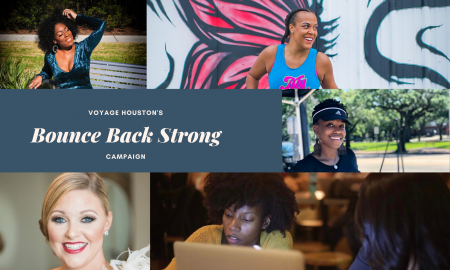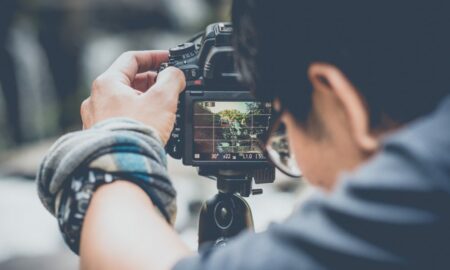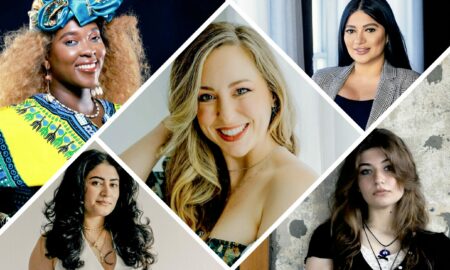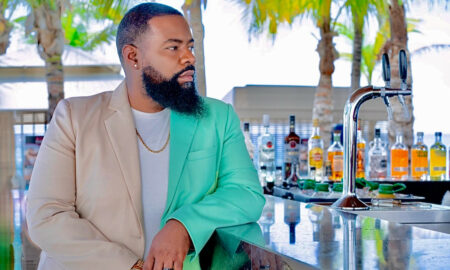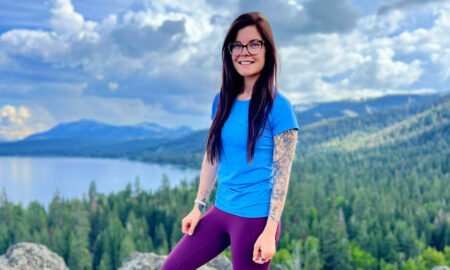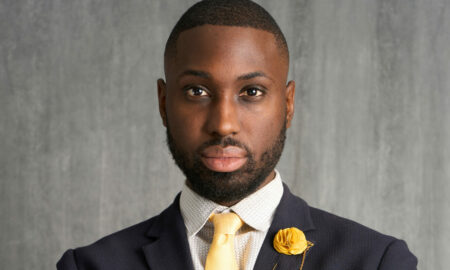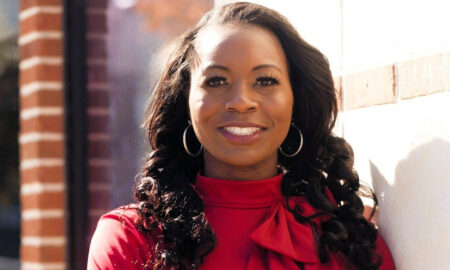

Today we’d like to introduce you to Wendy Griffith.
Thanks for sharing your story with us Wendy. So, let’s start at the beginning and we can move on from there.
In high school, I read a book about child abuse and knew I wanted to be a child advocate lawyer. So when it was time to apply to college, I applied to the business school at UT Austin thinking I’d major in business and then go to law school. The application required me to select a back-up major just in case I wasn’t accepted into my primary major, and the only one that was of remote interest to me was social work. I selected it, thinking that I’d NEVER need it because I was at the top of my graduating class. Only as it turns out I did need it! I actually even thought for a period of time that I’d only do social work until I could transfer or go to law school, but that didn’t last long because I fell in love. I got my bachelors in social work (BSW) and then stayed a little longer to get my masters of science in social work (MSSW) as well. I had the immense fortune of taking classes from the Barbara Jones (a well-known force of nature in oncology/palliative social work and just overall incredible human) who quickly made me fall in love with oncology social work. My BSW internship was in pediatric oncology, and even though I wanted to do something different for my MSSW internship, I was chosen for a much-coveted paid internship at Dell Children’s in pediatric oncology + survivorship. So in oncology I stayed! When I graduated, I looked for jobs all over Austin, and not just oncology jobs, all kind of social work jobs! Again, I might try branching out. But I was unsuccessful in finding anything in Austin for many months. A friend from my BSW internship did his MSSW internship at MD Anderson, and suggested I apply for an opening there. Knowing that I’d never been up to par for that kind of job, I applied anyway to show the universe that I meant business and wanted a job. And then I got the call. I got the job!
Working in the Head and Neck Outpatient clinic. Stereotypically H&N patients are older men, but we see everything at MD Anderson. And I actually found a pretty incredible niche applying my experience in pediatrics with adolescents and young adults (AYAs), who I found to be grossly neglected within the broader healthcare system. It was shocking to me to see the difference in how AYAs were treated in pediatric settings vs adult settings, and I wanted to change that. So, along with a cohort of incredible patients and colleagues, I started on my AYA oncology journey. I stayed in the H&N clinic for 6 wonderful years, then was promoted to a position within social work that was more administrative and leadership focused (I missed my patients, but really enjoyed the ability to affect change and influence patient care from a broader level). I stayed in that position for 4 years, until MD Anderson launched an official program/clinic for AYAs, and then I was offered the dream job of being the AYA Program Manager. It’s been an incredible 1.5 years in this position, and I can’t wait to see what else is to come!
Overall, has it been relatively smooth? If not, what were some of the struggles along the way?
It’s been a long road, with several challenges. It’s hard to remember them in detail, but they can be attributed to the usual culprits: space, time, money, workforce, and leadership support. The program costs more money than it makes, but the impact it has on the quality of life of our patients is invaluable, which is why we knew it was worth the fight.
MD Anderson – what should we know? What do you guys do best? What sets you apart from the competition?
MD Anderson is incredible all on its own, but I am particularly proud to be the Program Manager of the AYA Program. The MD Anderson AYA Program is focused on addressing how a cancer diagnosis and treatment affects all aspects of young patients’ lives (coping, relationships, fertility, school/work life, career goals, long-term health, quality of life, etc.).
The AYA clinic is open to everyone, whether they are treated on the pediatric side or the adult side, even non-MDA patients, as long as they register to get a medical record number. The only requirements are 1) have a current or historical diagnosis of cancer (we see patients ideally before treatment starts, but are also happy to see them well into survivorship), and 2) are between the ages of 15 and 39 (although even that is flexible if their needs are AYA relevant).
At their first visit, they see several people including 1) a medical provider (an MD or APP) who isn’t their primary cancer doctor, but instead is a doctor or nurse practitioner who is focused on preparing the patient for the short and long-term side effects of their treatment, how treatment did/could affect fertility and what options for fertility preservation are available to them (this is a HUGE component that is tragically not addressed enough), healthy behaviors, what to look out for as they move into survivorship, etc. 2) A clinical social worker who will assess their emotional and mental health (with particular focus on AYA needs like body image, intimacy, dating, friendships, etc.) and then provide counseling and resource linkage. All patients at MD Anderson have a social worker assigned to them, but they don’t have the capacity to see every single patient who comes in the door. Our AYA social worker does! 3) A vocational counselor who screens them for neuropsychiatric testing, and also helps them navigate school/work (sometimes that means how to take medical leave effectively, how to navigate the re-entry process, and sometimes how to change professions entirely and find one that fits their post-cancer life better). Their charts are screened behind the scenes by a genetic counselor to see if genetic testing is warranted (another aspect that’s offered by primary clinics, but not consistently), and a dietician is also available if they have any questions or concerns.
Primary teams spend an enormous amount of time and energy, focusing on curing cancer, and we spent all the time and energy focusing on everything else that impacts their lives. And that’s just the clinic! That doesn’t even cover the overall program! The programming side is robust and offers a Young Adult Advisory Council (half patients/half staff – the purpose is to provide feedback about how to improve care for AYAs at MDA), Young Adult Support Group, Scholarship Program, annual weekend retreat, the annual conference, and several others.
The AYA Program is fortunate to be staffed by an incredible team of professionals (many of whom split their time between other clinics as well). I’m proud of their dedication and enormously proud of all the positive impacts their efforts have had on our patients and loved ones. We have one of the only programs of its kind in the country, and it is also one of the largest. After working so hard for so long to have this program, it’s pretty amazing to be at the forefront of the AYA movement. And to have the full support of MD Anderson.
What is “success” or “successful” for you?
I don’t know that I have a clear and concise definition. Still, I guess when I think of success/being successful, whether it’s in my personal or professional life, it’s always centered around helping people. To me, it’s about being grateful and showing up and making a difference in someone’s life and doing your part to support and lift the people around you.
Contact Info:
- Address: 1515 Holcombe Blvd
Houston TX 77030 - Website: www.mdanderson.org/aya
- Phone: 713-745-4451
- Email: aya@mdanderson.org
- Facebook: www.mdanderson.org/cancer180
- Twitter: www.twitter.com/wendyegriffith
- Other: https://www.mdanderson.org/publications/cancerwise/young-adult-cancer-patients-find-help—and-hope—with-Adolescent-and-Young-Adult-Program.h00-159378789.html








Suggest a story: VoyageHouston is built on recommendations from the community; it’s how we uncover hidden gems, so if you or someone you know deserves recognition please let us know here.


